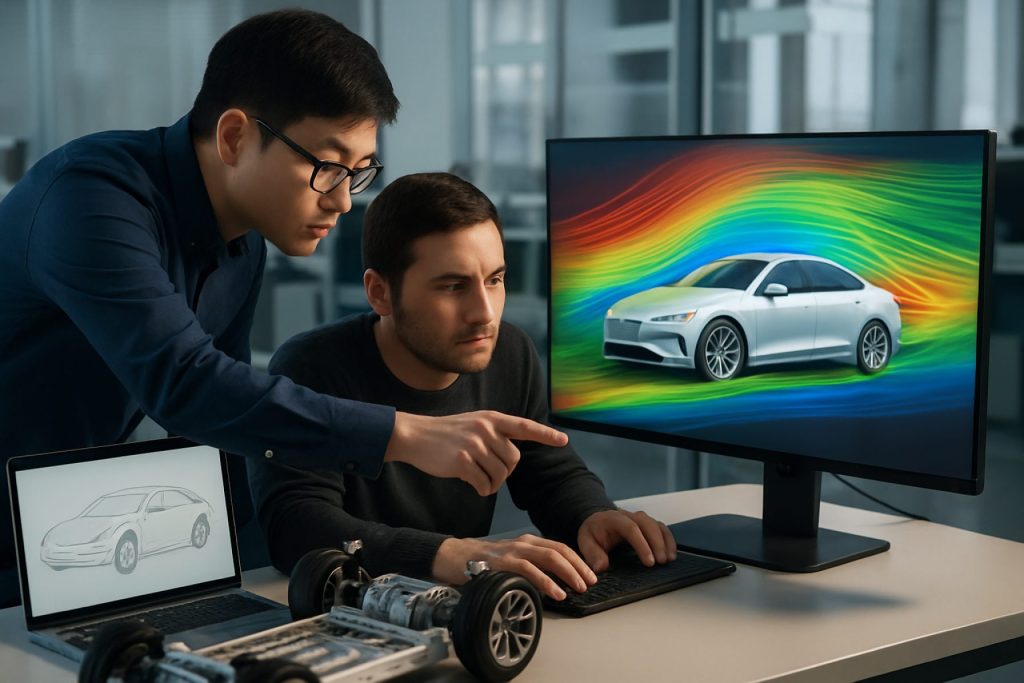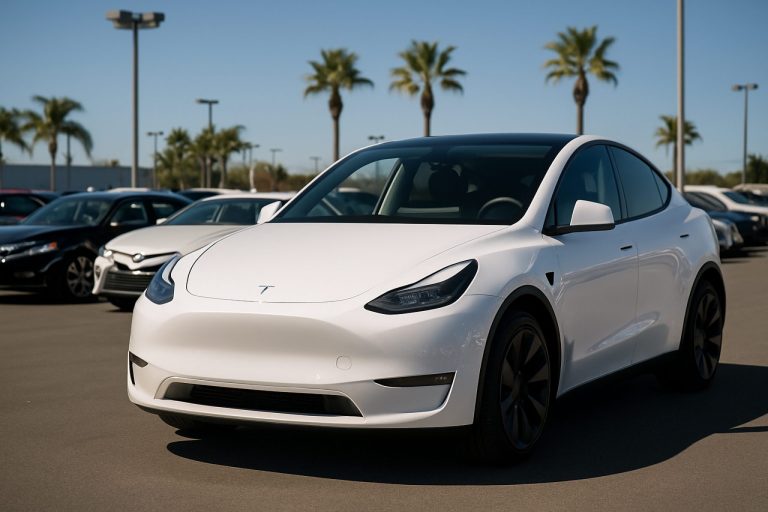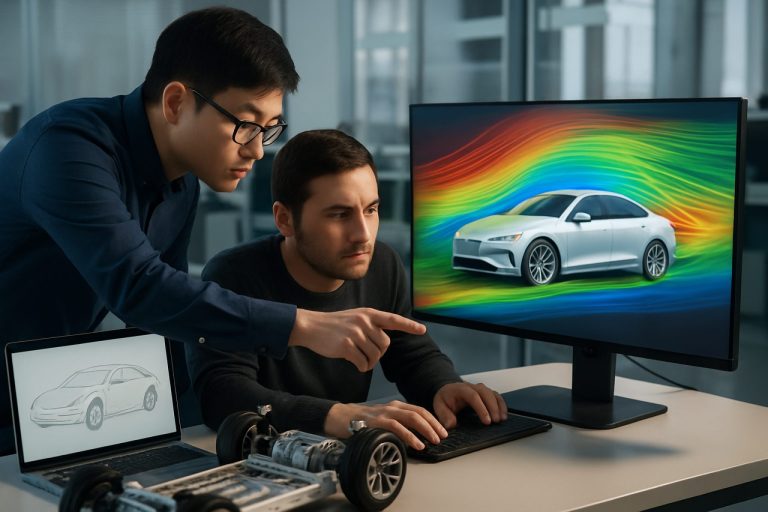
The Race to Quieter, Ultra-Efficient EVs: How NIO’s Partnership with Flexcompute Sets a 2025 Industry Benchmark
NIO and Flexcompute fast-track EV innovation with next-gen AI simulations, slashing costs and boosting real-world accuracy in 2025.
- 94%+ simulation accuracy vs. wind tunnel results
- 10–100x faster aerodynamic tests than traditional methods
- 60% lower engineering costs per run
NIO, a global leader in premium electric vehicles, just ignited an industry shakeup for 2025 by teaming up with Flexcompute. The mission? To supercharge EV aerodynamic development—and set new benchmarks in speed, accuracy, and cost efficiency.
Flexcompute’s lightning-quick GPU-native Flow360 CFD solver leaps over legacy simulation barriers. For NIO’s engineers, hours-long or even days-long computations now wrap up in mere minutes. Results? Streamlined workflows and prototypes that perform closer to perfection, sooner.
What Makes Flow360 a Game Changer for NIO’s EVs?
Engineers at NIO have officially validated Flow360’s breakthrough accuracy. In more than 60 real-world cases involving sedans and SUVs, Flow360’s airflow predictions were within just 3% of costly wind tunnel tests.
But speed is the real jaw-dropper. Flow360 runs complex simulations in under an hour on standard systems—and an eye-popping 10 minutes using high-end hardware. This 10–100x acceleration means NIO can test, iterate, and perfect designs faster than ever before.
How Do These Innovations Slash Costs and Boost Sustainability?
With Flow360, NIO reports saving up to 60% per run in development costs. Faster, more accurate virtual testing means fewer expensive prototypes and less physical testing. The result: leaner design cycles, lower emissions from manufacturing, and greater agility in a rapidly evolving global market.
Innovation like this is reshaping not just NIO, but the expectations for every competitor in the EV space. NIO is clearly setting the pace as AI-driven engineering becomes the new standard for automakers.
Q&A: What Does This Mean for the Future of EV Design?
Q: Is it just about aerodynamics?
No: NIO also uses Flow360’s advanced acoustic modeling tools to cut wind noise inside cabins. Its FWH-based simulations closely align with real driver-side window pressure readings, helping engineers craft quieter, more comfortable rides.
Q: Will this tech speed up new model launches?
Absolutely. Faster, virtual-based prototyping empowers NIO to bring the latest designs and upgrades to market earlier—crucial in the EV race.
Q: Does this impact sustainability?
Yes. Reduced prototyping slashes material waste, while more aerodynamic cars are naturally more energy-efficient, pushing the green agenda forward even faster.
Flexcompute is now cemented as a key behind-the-scenes catalyst in these advancements.
How Can Other Automakers Keep Up?
1. Integrate cutting-edge cloud simulation solutions.
2. Prioritize accuracy and speed to streamline R&D pipelines.
3. Invest in both aerodynamic and acoustic modeling to meet growing consumer expectations for efficiency and comfort.
Ready for the Next Wave of Smart, Silent, Ultra-Efficient EVs?
Stay ahead by watching how AI-powered engineering is transforming every stage of vehicle design. Bookmark us for the latest breakthroughs!
Checklist: What This Partnership Means for the EV Industry
- ✔️ Faster, AI-powered aerodynamic testing—10–100x quicker
- ✔️ Ultra-precise simulations—94%+ accuracy
- ✔️ Lower costs and greener development
- ✔️ Quieter, more comfortable electric vehicles
- ✔️ Shorter design-to-market times for new models
Explore more industry transformations with Tesla and Lucid Motors. The race for top-tier electric vehicles is on—are you watching?



